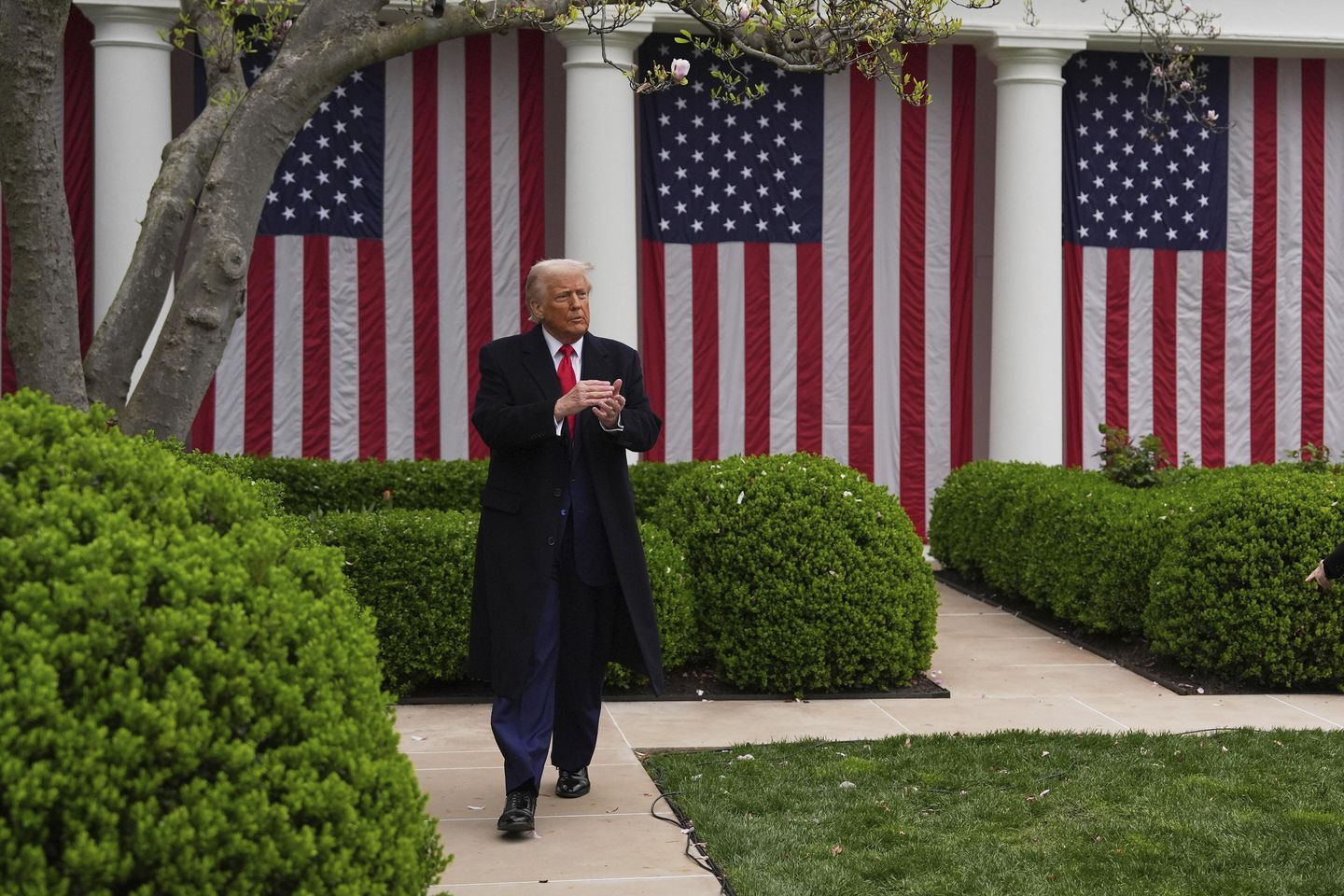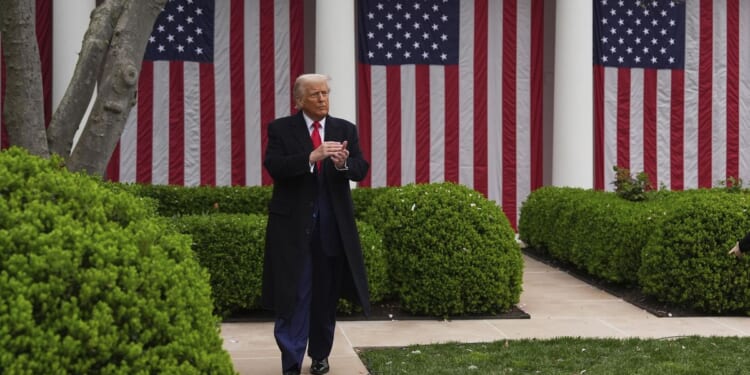
President Trump has implemented “reciprocal” tariffs based on trade deficits rather than matching other countries’ existing tariff rates, creating global market disruption and forcing nations to renegotiate trade relations with the United States.
The formula for these new tariffs is straightforward: the trade deficit between each country and the U.S. is divided by the value of its imports, then halved to determine the final tariff percentage. This approach has resulted in the U.S. imposing significantly higher tariffs on some countries than they apply to American goods. For example, Japan now faces a 24% U.S. tariff despite only charging an average 2.7% on U.S. exports. Similarly, South Africa has been hit with a 30% tariff despite its average weighted tariff of 6.3%, and the European Union faces a 20% tariff while charging only 3% on average.
Economists have criticized this approach, noting that bilateral trade deficits aren’t inherently problematic and that achieving balanced trade between countries is nearly impossible. The formula also excludes services such as tourism, banking and technology, which benefits countries that export fewer physical goods but more financial services to the U.S.
The tariff strategy has created division among the president’s supporters. Bill Ackman, CEO of Pershing Square and a Trump backer, has strongly criticized the decision, arguing it destroys confidence in the U.S. as a trading partner. Even within the administration, there’s conflict, with Elon Musk and Peter Navarro publicly disagreeing about the tariff approach.
The White House defends its calculations, stating that persistent trade deficits result from a combination of tariff and non-tariff factors preventing balanced trade. They point to Vietnam as an early success story, claiming the country offered to eliminate tariffs on U.S. imports after being hit with a 46% tariff.
However, confusion persists even within the White House. Mr. Trump suggested the tariff rates were one-for-one matches of what other countries charge the U.S., which contradicts World Trade Organization data. Even countries with free trade agreements with the U.S. have been targeted, including South Korea, Chile and Central American nations.
Critics argue that bilateral goods trade deficits don’t necessarily indicate unfair trade relationships but simply reflect American consumption patterns as a wealthy nation driving global economic growth.
Read more: Trump’s tariff math isn’t about tariffs
This article is written with the assistance of generative artificial intelligence based solely on Washington Times original reporting and wire services. For more information, please read our AI policy or contact Ann Wog, Managing Editor for Digital, at awog@washingtontimes.com
The Washington Times AI Ethics Newsroom Committee can be reached at aispotlight@washingtontimes.com.





![Jasmine Crockett Justifies Mass Illegal Immigration With Bizarre Argument [WATCH]](https://www.right2024.com/wp-content/uploads/2025/03/1742007023_Jasmine-Crockett-Justifies-Mass-Illegal-Immigration-With-Bizarre-Argument-WATCH-350x250.jpg)

![NYC Tourist Helicopter Falls into Hudson River, Siemens Executive and Family Among Those Killed [WATCH]](https://www.right2024.com/wp-content/uploads/2025/04/NYC-Tourist-Helicopter-Falls-into-Hudson-River-Siemens-Executive-and-350x250.jpg)








